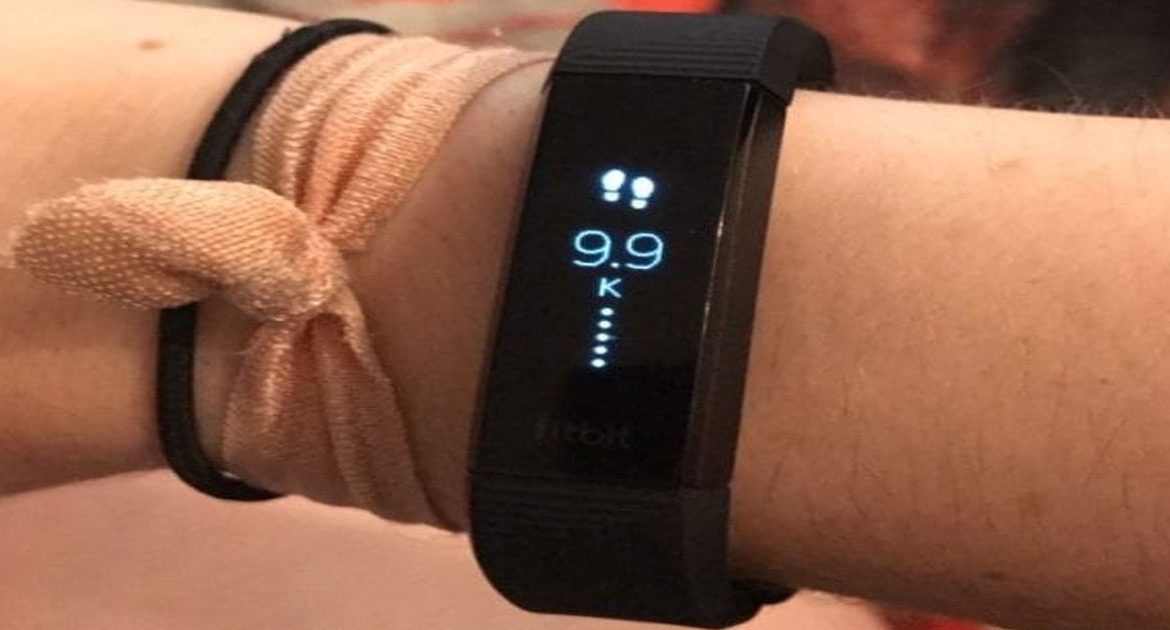Last year, I went for my annual checkup with my doctor, and she asked me how much I exercised. I told her I tried to work out two or three times a week. She frowned.
When she noticed the fitness tracker on my wrist, she said, “You should be hitting at least 10,000 steps every day. How many do you normally get?”
I responded, “Somewhere in the 6,000 to 7,000 range.” Again, she looked disappointed.
Honestly, I was too. In high school I was a highly competitive gymnast, spending four hours at the gym every day. In college, I tried to take dance and Pilates classes, and I traipsed over campus all day long.
After I graduated, I entered the adult world and started working a nine-to-five office job. Usually, my walking only happened between my home and the subway, and then the subway and work. On good days, I’d get a few hundred steps in if I decided to go out for lunch.
And then, last summer, I adopted a dog. I thought that would change everything — I’d walk so much more! Much to my chagrin, I realized a few weeks after adopting Bella that my step count had only increased by about a thousand each day.

So I gave up. I kept using my fitness tracker — I still thought it would be good to know how many steps I was getting — but I didn’t strive to hit 10,000 anymore.
Sometime in the past few months, though, I realized my habits were becoming more unhealthy. I was walking and exercising less, and eating more junk food. It was time for a change. In July, I decided that for the entire month of August, I would walk 10,000 steps every single day. I wouldn’t focus too much on my other unhealthy habits — one small step (or 10,000 small steps) at a time.
Benefits Of Walking

According to the Mayo Clinic, there are a ton of health benefits you can get just from walking on a daily basis.
They explain that walking can help you “maintain a healthy weight; prevent or manage various conditions, including heart disease, high blood pressure and type 2 diabetes; strengthen your bones and muscles; improve your mood; and improve your balance and coordination.”
Why 10,000 Steps?
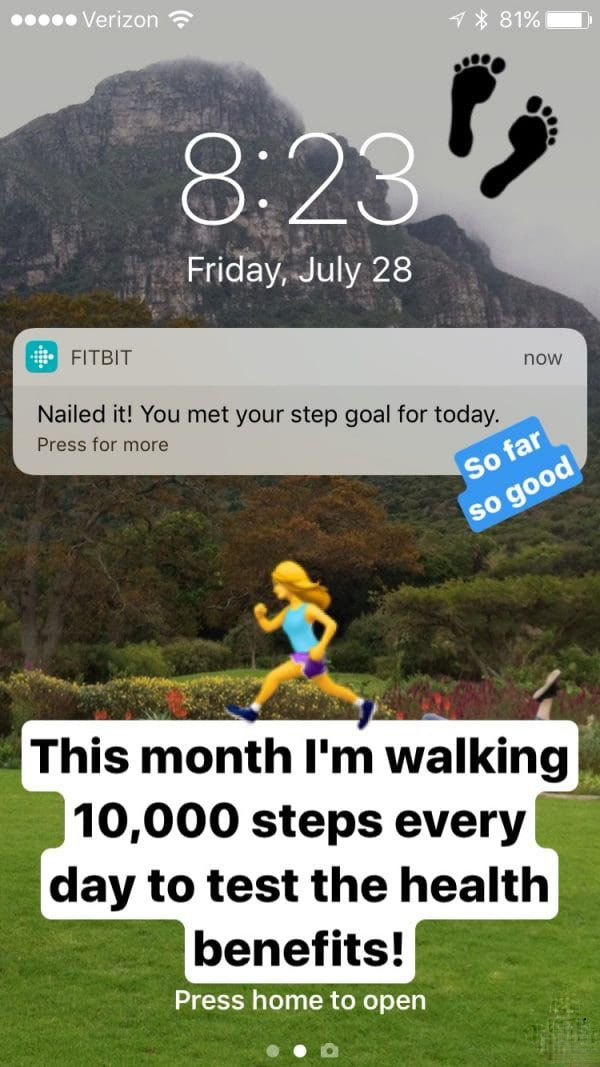
According to the CDC, adults need at least 2 and a half hours of moderate-intensity aerobic activity every week.
Moderate-intensity aerobic activity includes things like pushing a lawn mower, walking quickly, and riding a bike on a flat surface.
Most fitness trackers recommend a 10,000 step goal because it equals about five miles a day — including 20 minutes of moderate exercise, explains Fitbit.
10,000 steps is a good goal for most people, but exact fitness goals vary from person to person. Talk to your doctor or a fitness trainer if you want to set an expectation that’s more reasonable for your lifestyle.
The Experiment
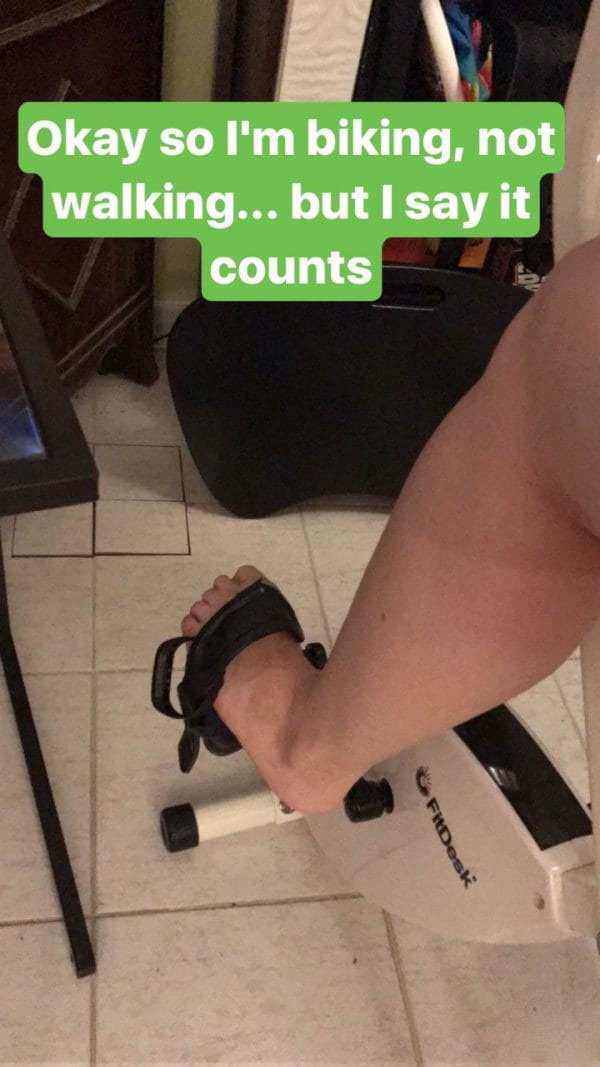
Every day for a month, I would try my best to walk 10,000 steps — or do the equivalent amount of exercise (like biking or taking a barre class).
I wouldn’t focus on improving other aspects of my health, but if I felt motivated to exercise more or eat healthier, I wouldn’t stop myself.
Week 1

Even though I wasn’t planning on officially starting the experiment until August 1, I left on vacation on July 28 — so I started then instead.
My boyfriend and I went to Italy for eight days, and I knew that with all the exploring we were planning to do, we’d be walking a ton.

I hoped that starting with such a strong first week would motivate me to keep going the rest of the month.
For the first 12 days of the experiment, I didn’t struggle at all — I was able to get my 10,000 steps in, no problem. Most days, I was actually well over 10,000.
I was actually really excited about my progress — I felt more confident in my ability to hit 10,000 steps, and I was proud of myself for hitting my goals.
Week 2

When we got back from vacation, I immediately started back at work.
Within the first few hours of being back at the office, I realized just how challenging it would be to hit my 10,000 steps.
On vacation, I’d usually hit 8,000 steps by lunchtime. Back at work, I wasn’t even at 3,000.
But I was still confident I could get my steps in, it just might take some extra work.
Week 3
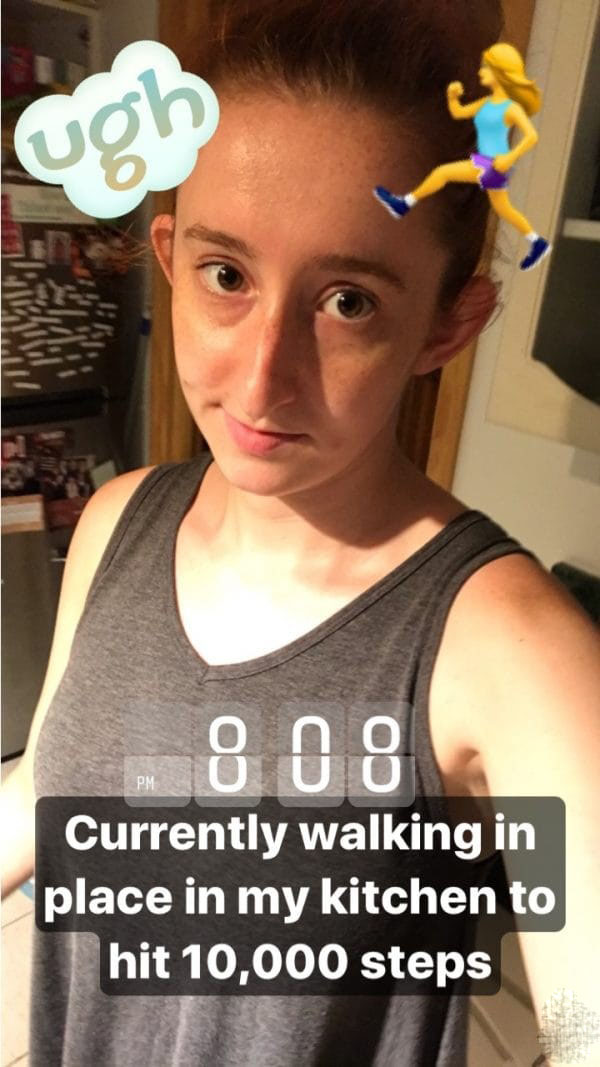
During the second week, I was still motivated to hit my daily goal, even though it was significantly harder than it had been on vacation.
By the time the third week rolled around, my motivation was fading — fast.
I pushed myself to try to hit my 10,000 steps, but it was definitely a struggle. All I wanted to do when I got home was snuggle with my puppy on the couch, but I tried to make myself walk.
Week 4
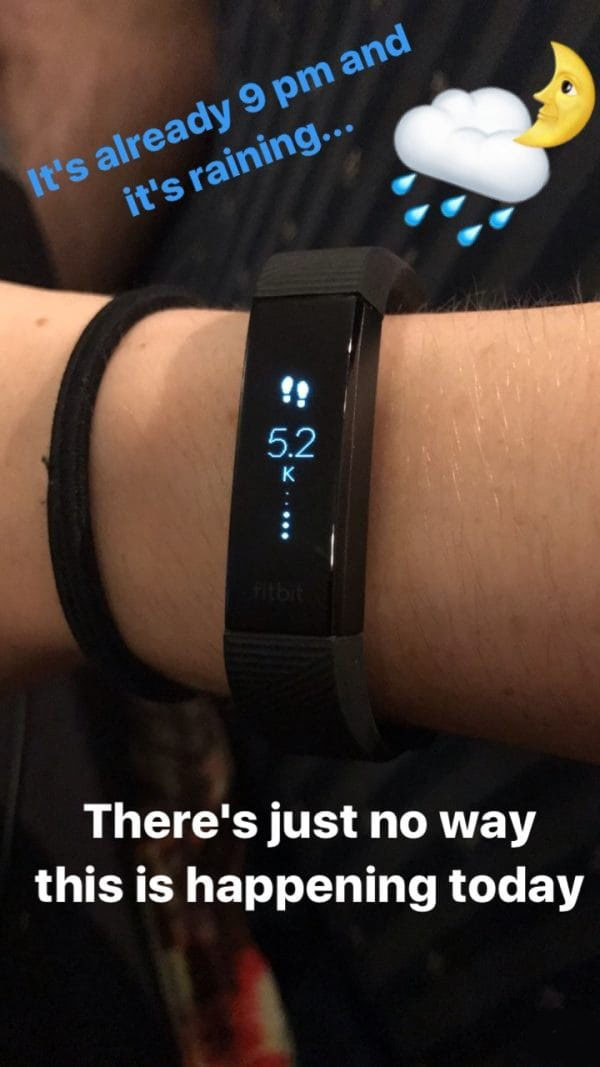
During the fourth week, I could feel the experiment coming to an end and I was really happy about it.
I was barely hitting 10,000 steps each day, coming in with numbers like 10,043 and 10,017.
It was pretty discouraging to struggle so much with something that had been so easy at the beginning, but it made me realize just how much of an impact having an office job has.
Results
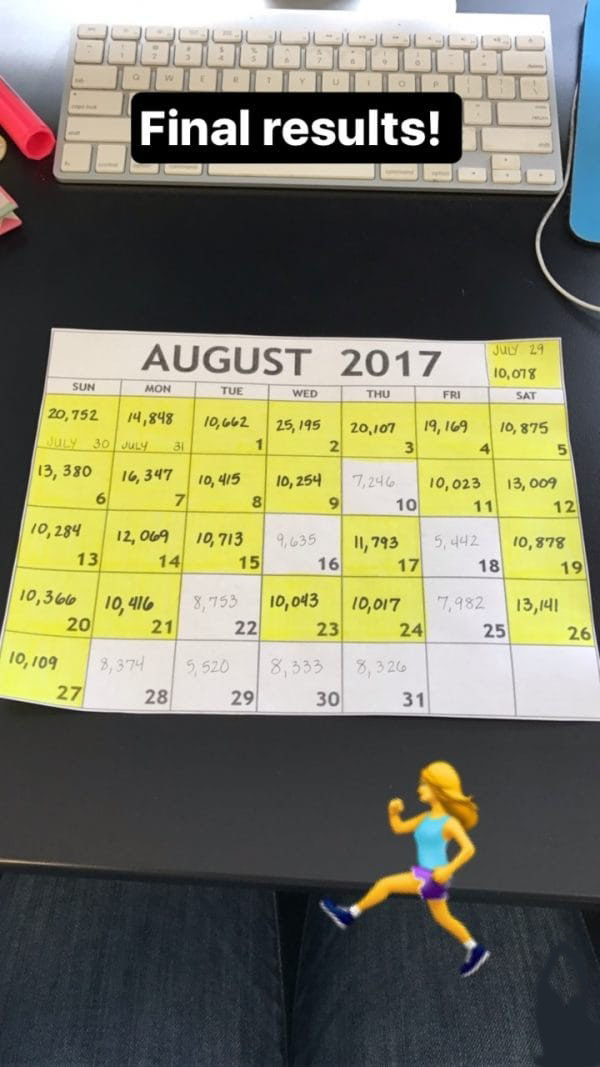
By the end of the 30 days, I had walked over 364,000 steps — that’s about 182 miles.
While it sounds pretty impressive, I can’t successfully say I completed my goal. Unfortunately, there were a few days where I just didn’t hit 10,000 steps. (What can I say, I’m only human).
Going into the experiment, I thought that adding a few thousand steps each day would be a breeze — I was wrong.
I was surprised at how challenging it was to hit 10,000 steps while working at my desk all day. Unfortunately, the daily walking I do to and from the train and to and from home doesn’t even get close to 10,000 steps.

One of the main reasons I decided to do this experiment was to kick-start myself back to a healthy lifestyle. I don’t think that really happened.
I was hopeful that I would notice some major changes at the end of the month — weight loss, more definition in my muscles, or more energy. Unfortunately, I didn’t see any noticeable changes. In order to see these kinds of differences, I think I’ll have to spend more time doing high-intensity workouts (not just moderate-intensity, like walking).
(I’m not as interested in my weight as I am in my overall feeling of fitness, but for those of you wondering, I lost exactly zero pounds.)
Final Thoughts

Would I do this again? Yes! I plan on continuing to walk as much as I can, but I’m going to make sure to mix in other exercise and healthy living habits as well.
Did it visibly change my body? I didn’t lose a single pound on this routine, but that’s not really the main goal of walking for exercise. To lose weight, you typically need more heavy-duty cardio; walking 10,000 steps helps your body by improving your health in less visible ways, like toning small muscles and strengthening your heart.
Would I recommend this to a friend? Definitely. There are absolutely no downsides to walking 10,000 steps a day (as long as you’re healthy enough to do it), so I would recommend it to everyone!
If you plan on starting to walk more, please Liked Video this article with your friends and family!
